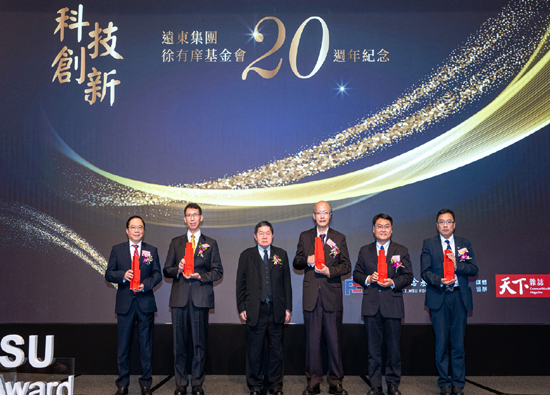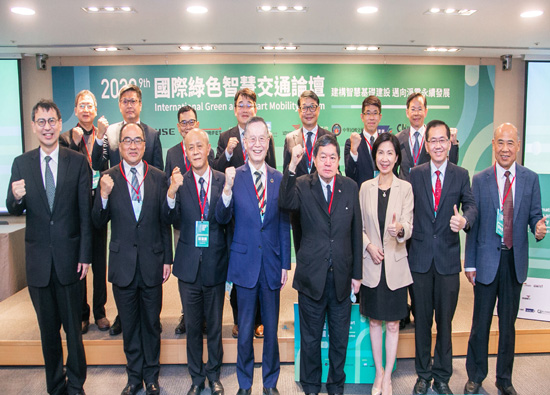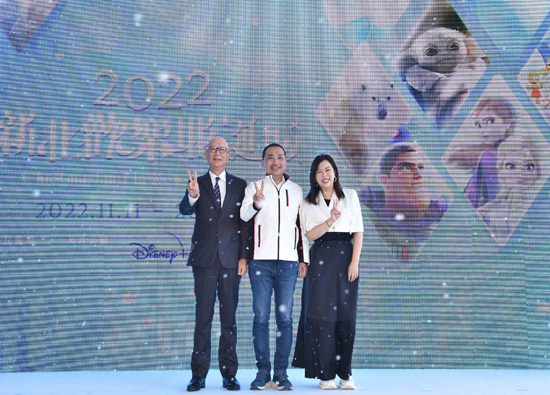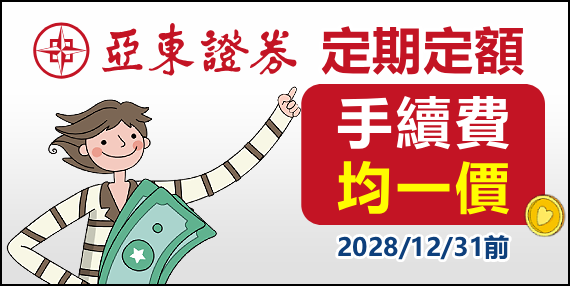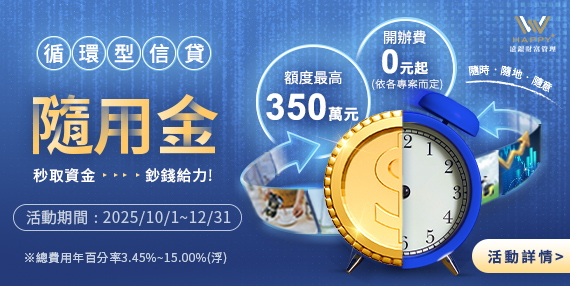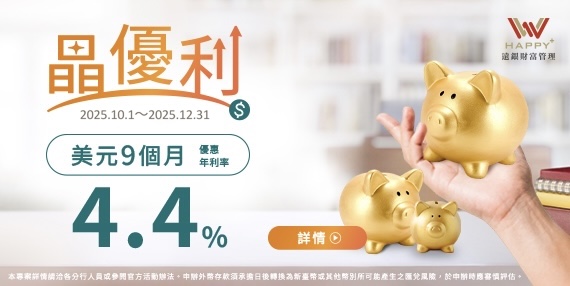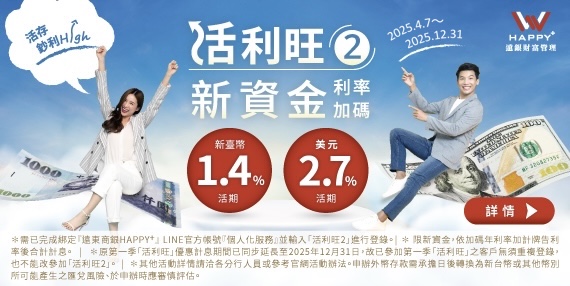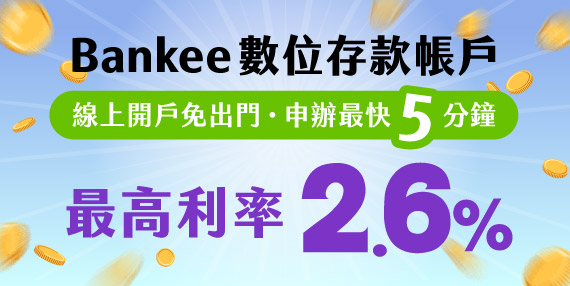12.2022 Leader's Remarks
The Next Wave of Retail Industry
Far Eastern Group Corporate / Staff Office


Since the China-U.S. trade war started in 2018, coupled with ongoing global conflicts, dynamic changes, and complex geopolitical implications, the cooperation and system coordination between nations have become increasingly difficult, it not only affects the efficiency of the economic development, but also in major issues including the pandemic, climate change, regional safety have also been staggering. Amid all these, how should the retail industry that is closely related to people’s lives, respond to this changing world? The article will further explore in the following three sections.
2022 Global Politics and Economic Situation
Reflecting on 2022, from the Russian invasion in the beginning, China’s zero-Covid lockdown, and negative growth of U. S. economy in first quarter are pushing the world economy to the edge. Despite Europe and the U. S. lifted their masks restriction in May and gradually relaxed the pandemic control, the subsequent challenges such as heat and arid climate, high inflation, food crisis, Covid-19 pandemic, currency deflation, and capital outflow, have brought many countries to the brink of collapse. We will analyze the following major events that impacts global developments.
.jpg)
First, U. S. and China’s on-going conflict over trade competitiveness. In 2018, the Trump Administration initiated trade war because of trade deficit. Thereafter, both parties have been fiercely struggling on trade, high tech resources (such as Chip Act), or Indo-Pacific economic strategic position to gain key competitiveness. This May, the United States launched the Indo-Pacific Economic Framework for Prosperity (IPEF). President Biden expressed that the future of 21st century economy will be written in the Indo-Pacific and stressed that establishing high-standard commitment and inclusion will be key to succeed in these new rules. Then in August, CHIPS and Science Act was signed to consolidate leadership position of the U. S. in semi-conductor industry as well as its science and technology competitive advantage over China.
Second, the Russia-Ukraine War may bring greater disruption to the world and profoundly impact on politics, economy, science and technology, food, and energy. Aside from binary politics, financial and international payment system, and technology developments, as the war is rising the prices of raw materials and commodities, each nation has begun to review its own food and agricultural policies to enhance its national food safety and autonomy. Similar to energy strategies, diversified development shall be the future trend. European countries including Germany which relies on Russian natural gas significantly will have to lower their dependence on Russian national gas and petroleum.
Furthermore, supply chain was under the impact of the pandemic, coupled with war and drastic climate change that all push up food prices, plus the previous quantitative easing policy, each nation is under unbearable pressure of inflation, and the enterprises are bearing higher operating costs, causing knock-on effect on private consumption. This pressure of inflation is expected to continue until 2023.
Facing continuously soaring inflation pressure, the central bank of each nation has been taking monetary tightening measures which greatly increased financing cost and brought higher pressure for the economies. Effected by rising capital cost, during this year many stock markets have been facing heavy sell off pressure and astonishing shedding, the international financial market has thus become more volatile. In addition, the monetary policy shifting, and geopolitical issues have also strengthened U. S. dollars.
In reviewing the demand of U. S. consumer market, inventories, and inventory turnover days in the fourth quarter have both been soaring up, obviously under the pressure of inflation and rising interest rates, consumer sentiment demand have turned more conservative.
Facing these turbulences and challenges, the world economic growth in 2022 is expected to reduce to about 3%. After the impact of high inflation, geopolitical tension, and monetary tightening policy, 2023 will still be quite challenging. According to forecast of IHS Markit, world economic growth will decline to 2.58% in 2023 compared to that of 2022; most national economic developments are not optimistic. Various institutions predict Taiwan to maintain at 3.5% growth this year; among which, retail industry has been sluggish since May; however, after the pandemic is under control, market has been gradually gaining momentum and hopefully that the anniversary sales this year will be successful again.
二、Development Trends of Consumer Behaviors and Retail Industry
Under the political dynamic and economic turbulence in the world, what are the new development trends of consumer behaviors and retailers?
.jpg)
1.Inflation pressure urges consumers to be more cost-conscious: Under the impact of inflation, the public not only lowers consumption, but also focuses more on daily necessities, and decrease entertainment expenses.
2.Retailers seek the balance between physical stores and online shopping (Buy Online Pickup in Store): After the pandemic, the development of e-commerce is still growing, more physical stores have been adjusted to consolidate the “Online Order Fulfillment and Customer Experience Center”, through the integration of online and offline commerce, to design a more convergent omni-channel customer journey. It is worth noting that 49% of consumers are increasing extra spending due to pickups in store.
3.Live e-commerce plays a key role in social media e-commerce: According to Forbes, now about two thirds of consumers take social media as part of online shopping, among which “live e-commerce” is a more important channel option.
4.The focus of attention for retailers on the supply chain has transferred from the “Visibility of Supply Chain” in 2021 to the “Overall Supply and Demand Planning” in 2022: While supply chain has gradually stabilized, under the economic turbulence, supply and demand have become the new focal attention.
5.Crossover Innovation and Cross-Industry Cooperation: Innovative transformation of business model is also an important trend for the retail industry. For instance: Family Mart opened FamiSuper store, where the proportion of one meal portion of fresh food for 2~3 persons and frozen instant heating type merchandise exceeds 80%, with 100 plus items aiming at double-income, small families, and singles too busy to prepare meals, or not good at cooking. In addition, online and offline integration is also an important trend. Online e-commerce platform Shopline opened its store at IFC in Central, Hong Kong last year. This year Eslite Spectrum Nanking West Store opened its Select Shop, allowing both brand dealers and e-commerce platforms to develop more consumers and create win-win.
6.D2C (Direct to Customer) model is also a new development trend: Directly sell the merchandise to customers, allowing enterprise to better control the manufacturing and marketing costs of their merchandises, more helpful in gaining data of quality customers. For instance: Coca-Cola’s most successful D2C project is Insiders Club, like a non-alcohol “Wine Club”. Through subscription, members can acquire new beverage in advance, get surprised gifts, experience never seen before virtual event, such as “Work out with NFL players” etc. Nike Live is a store offering direct services to its members, using data to design the most relevant service experience to their members.
7.Retalvers (Retail Metaverse): Block chain, big data, virtual reality, artificial intelligence are the important technologies to constitute Web 3.0. In line with technological advancement, retailers can apply technologies such as Metaverse, AR, VR, and 5G to break the limit of time and space, elevate consumer experience via virtual and physical integration. In the end of September 2022, Walmart officially announced to enter Metaverse, on the Roblox platform with 52 million subscribers by launching two virtual experiences and services as “Walmart Land and Universe of Play” to hopefully establishing close connection to Gen Z .
8.Seek Corporate Sustainability: Retailers should aim at net zero emission, development sustainable strategies, and decrease resources waste, create circular economy, and build up a sustainable future.
三、Conclusion
.jpg)
Facing the forthcoming 2023, economic downturn caused by inflation shall be the biggest challenge. It is worth noting that the structure of global inflation is changing. Even with the end of warfare in the future, prices may not necessarily fall back. The government strives to stabilize consumer prices via policy control of utility, gas, transportation, fuel, and health care items; however, it fails to reflect the actual inflation. In the long run, we still need to deal with the de-globalization and reorganization of regional supply chain, demographic and smart manufacturing changes in the labor market, and the green inflation led by sustainability and carbon neutral continuously boosting the anticipated inflation. Therefore, we should be aware of the crisis and be more cost conscious, and better prepare ourselves to encounter challenges.
Meanwhile, we should commit to building resilience in business, cultivating corporate adaptability, let operations be more flexible in dealing with the dynamic operating environment and its pressure and crisis.
Last but not least, former British Prime Minister Winston Churchill said: “The pessimist sees difficulty in every opportunity. The optimist sees opportunity in every difficulty.” Hope you can breakthrough with action, win over challenges and difficulties, and reach new high. (From the speech made by Chairman Douglas Hsu at the 2022 Far Eastern Department Stores Vendors Party.)
#



